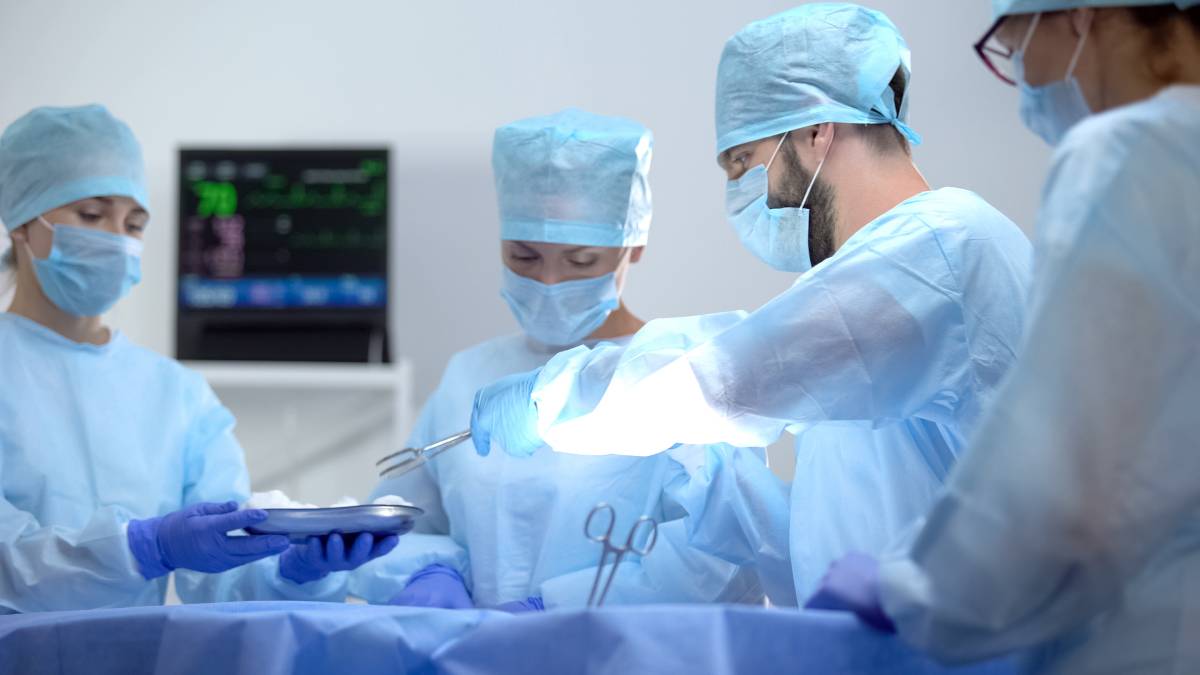Orthopedics is the field of medicine which encompasses diseases associated with the musculoskeletal system and the surgical and nonsurgical interventions to treat them. Orthopedic surgeries may require grafts to repair or replace damaged tissues, bones, or ligaments, especially when a wound is too large to heal naturally (Griffin, 2022). There are a variety of graft types which hold different benefits and may be used in different situations. An autograft involves tissue from a patient’s own body. An allograft is taken from someone else, living or deceased. A xenograft is taken from an animal. Some companies may also sell synthetic tissue substitutes as grafts (Elseth & Lopez, 2022). Allografts taken from deceased donors, also known as cadaver grafts, have become increasingly important in the world of orthopedic surgery due to their unique benefits.
Recent advancements in processing and preservation techniques have improved the safety and efficacy of cadaver grafts. For example, bone tissue harvested for a graft must be processed to decrease the risk of immune response and the chances of disease transmission from the allograft (Archunan & Petronis, 2021). However, some processing techniques may compromise the graft’s ability to stimulate healing of the intended tissue. Various methods can be used to freeze allografts such as deep freezing or freeze-drying (Archunan & Petronis, 2021). Cadaver graft options in orthopedic surgery include tendons, ligaments, cartilage, and bone, and can be tailored to match patients’ anatomical requirements.
Cadaver grafts offer many advantages. An important one is avoidance of donor site morbidity associated with autografts. By eliminating the need for tissue harvesting from the patient’s body, cadaver grafts may help reduce surgical time, postoperative pain, and complications at the donor site (Lizarzaburu-Ortiz et al., 2021). Studies have shown that cadaver grafts can yield outcomes comparable to other types of grafts. For example, in a 52-year-old patient who received bilateral Achilles tendon allografts from a deceased donor, the patient regained full motion of her ankle, demonstrating that cadaver grafts can be just as effective as autografts or living allografts (Yang et al., 2013). With cadaver grafts, there also often can also be a higher number of grafts in supply for transplant, reducing wait times for patients (Lizarzaburu-Ortiz et al., 2021).
Despite these benefits, cadaver grafts pose some challenges and considerations. Although rigorous donor screening and tissue processing protocols mitigate the risk of disease transmission, it remains a concern (Yang et al., 2013). With allografts in general, the risk of disease transmission is estimated to be 1 in 1.6 million for HIV or hepatitis B/C (Archunan & Petronis, 2021). Another concern is the chance of graft rejection or immune response. However, the likelihood of these responses to the graft depends on the type of graft. Tendons, for example, have a low cellularity and are less likely to be rejected (Lizarzaburu-Ortiz et al., 2021).
Cadaver grafts have emerged as a valuable tool in orthopedic surgery, offering multiple benefits to patients and the healthcare system. They have also reduced donor site morbidity and comparable clinical outcomes to autografts and living allografts. Advancements in processing techniques and preservation methods have enhanced their safety and efficacy, making them a reliable option for various orthopedic procedures. While considerations such as disease transmission and immune response persist, meticulous donor screening and tissue processing protocols help mitigate these risks. Continued research and innovation in cadaver graft technologies will likely enhance their utility and accessibility in orthopedic surgery.
References
Archunan, Maheswaran W, and Sandris Petronis. “Bone Grafts in Trauma and Orthopaedics.” Cureus vol. 13,9 e17705. 4 Sep. 2021, doi:10.7759/cureus.17705
Elseth, Anna. and Omar Nunez Lopez. “Wound Grafts.” StatPearls, StatPearls Publishing, 31 October 2022.
Griffin, R. Morgan. “What Are Grafts for Skin, Bone, Coronary Artery Bypass, Gums, and More.” WebMD, WebMD, 26 Jan. 2022, www.webmd.com/skin-problems-and-treatments/what-are-grafts.
Lizarzaburu-Ortiz, Carolina et al. “Tendon Reconstruction With Cadaveric Allograft in a Patient With Flexor Tendon Injury Without Treatment for Six Months.” Cureus vol. 13,9 e18004. 15 Sep. 2021, doi:10.7759/cureus.18004
Yang, Maowei et al. “Bilateral cadaveric Achilles tendon graft in reconstruction after Achilles tendon tumor resection.” The Journal of foot and ankle surgery : official publication of the American College of Foot and Ankle Surgeons vol. 52,1 (2013): 103-6. doi:10.1053/j.jfas.2012.06.019
